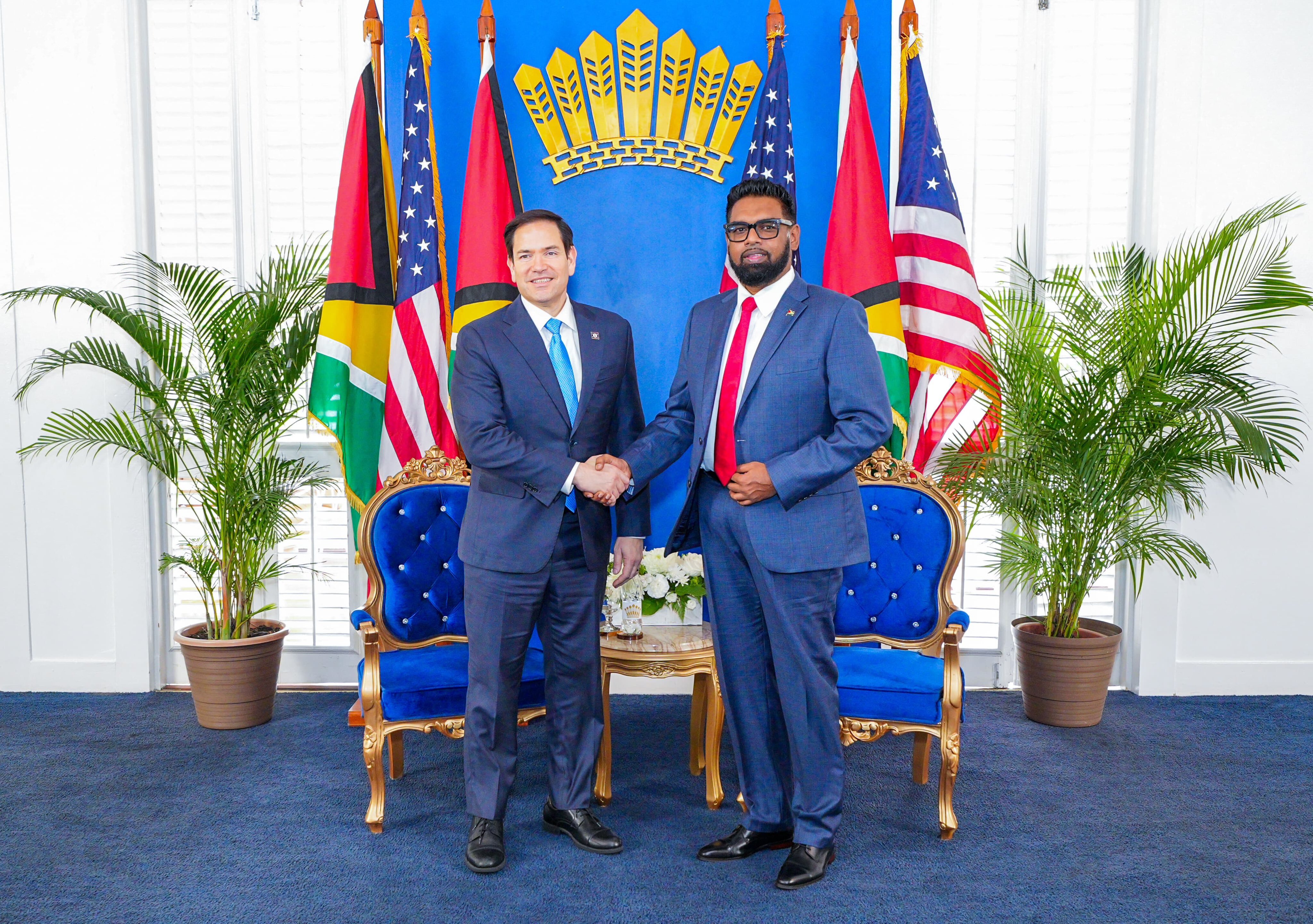Paraguay Could Unlock Titanium Potential
Paraguay Could Unlock Titanium Potential
Last week’s announcement that Paraguay could contain the world’s biggest titanium reserves may bring a mining boom to the country and attract Chinese investment.
Bolivia may turn out to be the Saudi Arabia of lithium, but neighboring Paraguay could corner the market on titanium. A new mineral discovery near the country’s Brazilian border may constitute the world’s largest reserves of the metal used in a range of products, from ships to space shuttles to watches.
Paraguay’s future mineral prowess hinges on the validity of an announcement by American prospector, David Lowell. The 82-year-old American geologist already has 14 major mineral finds under his belt, including the 1981 discovery of Escondida in Chile’s Atacama desert—the planet’s largest copper reserve. He has now laid claim to mineral rights in an area of Paraguay’s Alto Paraná that is roughly the size of London and told Bloomberg last week: “Our deposit could control the world titanium market, a big enough piece of production that whoever operates it would dictate what the price is going to be.”
In recent months, Paraguay’s Chamber of Deputies amended existing mining legislation to strengthen mineral claims and bring the country’s mining laws in line with others in the region. Financial Times Beyond Brics points out that Paraguay, “a frontier too far for many mineral explorers” in the past, could attract other geologists. Uranium and other minerals may be hidden in Paraguay’s soil, as well as natural gas, as in neighboring countries. As one Paraguayan energy official put it, his country could become “the new unexplored frontier of South America with unexpected potential.”
Some estimates predict that it could take as many as five years before the titanium ore discovered by Lowell is mined. Still, four companies submitted exploration permits in adjacent blocs. By the end of October, Paraguay—known more for agriculture than mining—issued eight mining concessions and 14 prospecting permits and had 75 permits in process.
In the case of the titanium discovery, Lowell is already looking for interested buyers—in China. He delivered his announcement about the mineral reserves in Hong Kong last week. Over the past decade, Lowell’s copper discoveries in Ecuador and Peru drew $1.5 billion in Chinese investment. As reports show, Beijing’s investment in South America isn’t new, though the quantities pledged by resource-hungry China have taken on bigger proportions in the past couple years, from a $10 billion energy pact with Brazil last year to $20 billion in financing for Venezuela in April to $12 billion in Argentine transportation over the summer. “China is pursuing its economic self-interests aggressively in the Western Hemisphere, and it is doing so effectively. But it is pursuing its own interests, not necessarily the interests of the region,” wrote COA’s Eric Farnsworth in The Los Angeles Times this summer. “That doesn't make Chinese moves illegitimate or threatening, but it does mean that observers of the China phenomenon should take a longer view of the implications of China's emergence in the Americas, and not just focus on the immediate effects on growth.”
Learn more:
- Paraguay’s Vice Ministry of Mines and Energy website, which provides a mining land registry map as well as a recent report about the country’s mining potential.
- Summary by vice ministry about the discovery, as well as a map showing the location of the titanium discovery.
- Bloomberg report on the titanium discovery.








